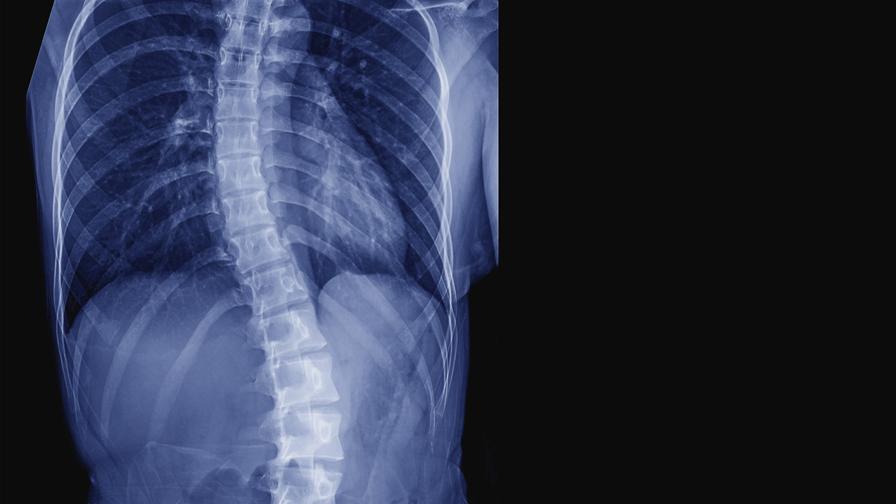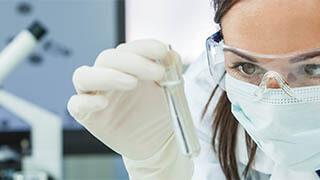
Diagnosing and treating curvature of the spine
However, huge leaps forward in both diagnosis and treatment have been made recently.
In the early 2000s Action funded research into the causes of spondylocostal dysostosis. After studying DNA samples and X-rays from families around the world, Dr Peter Turnpenny and his team at the Royal Devon and Exeter Hospital pinpointed two faulty genes which cause specific spinal malformations. This was the first time that a human disease-causing gene that produces a major abnormality of the spine had been discovered. The team went on to develop the first ever test designed to predict whether a baby will develop spondylocostal dysostosis.
As a result of the original research, four more faulty genes have been discovered. The Exeter-based team now analyses and tests samples from all over the world.

